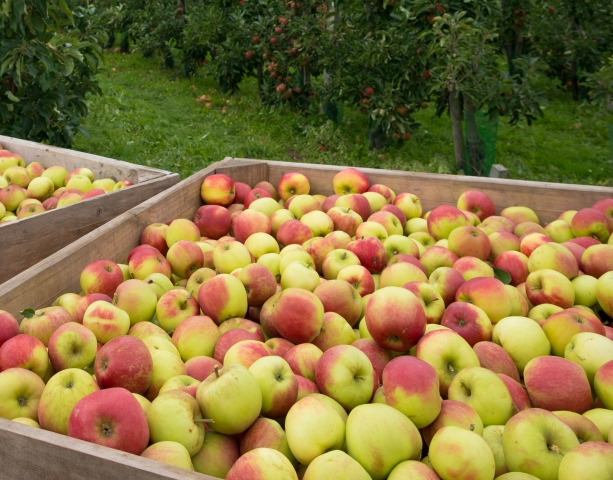A complete fertilization program for deciduous fruit trees and vineyards must include post-harvest intervention, typically carried out in August or early September. This step is essential to allow the tree to complete its annual cycle, replenish nutrient reserves before winter dormancy, and support vigorous bud development in the following spring.
The optimal window for post-harvest fertilization extends from late August or early September until mid-October. During this period, soil microbial activity remains high, enhancing nutrient availability. It also coincides with the second peak of root growth, which improves nutrient uptake and maximizes the efficiency of fertilization. As temperatures begin to decline, photosynthetic activity becomes more stable, with reduced photoinhibition.
 |  |
Nutrient Focus
While post-harvest fertilization should include all macronutrients, nitrogen (N) and potassium (K) are needed in higher quantities. Approximately 20–30% of the total seasonal nitrogen requirement should be applied at this stage. Studies consistently show that in fruit trees and vines, nitrogen uptake prior to flowering depends largely on remobilization from stored reserves, rather than root absorption—contrary to common belief.
Potassium plays a vital role as a cofactor in starch synthesis, the plant’s main storage compound. It also contributes significantly to cold tolerance, enhancing the tree’s resistance to low temperatures.
Secondary and micronutrients are also important during the post-harvest stage, as they support metabolic activity. Magnesium (Mg) and iron (Fe) are essential for photosynthesis and help prevent spring chlorosis. Boron (B), zinc (Zn), and manganese (Mn) are crucial for completing bud maturation and mobilizing carbohydrates within the vine.
Lasting Benefits
Proper autumn fertilization enhances tissue resistance to cold and frost, helping trees endure the winter in good health. It also encourages robust and uniform bud break in spring, reduces the occurrence of blind buds, and supports even flowering and fruit set—leading to improved yield and overall orchard performance.
In essence, the main goal of post-harvest fertilization is to promote the synthesis and storage of reserve compounds that will support the plant’s early-season growth and productivity the following year.
Fertigation: Enhancing Fertilization Efficiency
An effective methods to apply the post-harvest fertilization is fertigation – the application of macro-, secondary, and micronutrients solubilized in irrigation water. This technique delivers nutrients directly into the root zone, where uptake is most efficient. A key advantage of fertigation, especially in today’s climate with irregular rainfall, is its independence from precipitation. Unlike granular fertilizers, fertigation ensures immediate nutrient availability, perfectly synchronized with plant demand.
An example of Post-Harvest Fertilization Recipe
Note: the suggested program should be regarded as a general guideline only. The actual program must consider the orchard’s age and overall status, as well as the grower’s experience. It is advised to consult Haifa agronomist to set the most appropriate post-harvest fertilization for your orchard.
Fertigation of macronutrients and iron
(1–2 applications from August to September):
- Poly-Feed™ 20-5-10 + Mg + Micro: 25–50 kg/ha
- HaiFer 48 / 52 / 55: 5–15 kg/ha
- HaifaStim™ VIM: 5–10 L/ha
- HaifaStim™ VIM S: 5–10 kg/ha
- HaifaStim™ HumiK: 10–15 L/ha
Foliar spray of micronutrients
(Single application):
- HaifaStim™ Booster: 3–5 kg/ha
- Haifa Micro™ Zn+Mn: 3–5 L/ha or
- HaifaStim™ eNergy: 2–3 L/ha
- Bor-Feed™: 1 L/ha





